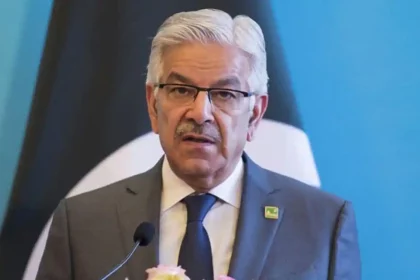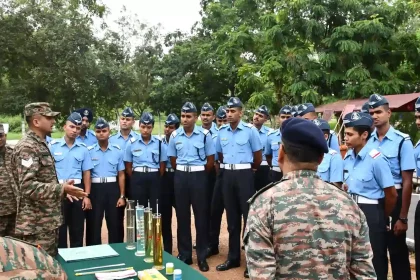Lt Gen Pratik Sharma, Ladakh LG Review Situation After Leh Clashes
Meeting held amid unrest over Ladakh’s statehood demand and arrest of Sonam Wangchuk.
Pakistan Defence Minister Calls Country’s Governance ‘Hybrid’, Downplays Army’s Dominance
Khawaja Asif says decisions made by ‘consensus’, denies Army’s dominance in Pakistan politics.
Head of Army Artillery on Op SINDOOR: “Indigenous weapons successfully neutralised imported systems”
Indigenous firepower proved decisive in Op SINDOOR, says Army’s artillery chief.
Two Militants Arrested for Assam Rifles Convoy Ambush in Manipur
PLA cadres held in joint operations days after deadly Bishnupur attack.
31 Air Force Academy Cadets Visit ASC Supply Company to Learn Vital Role of Army Logistics and Jointmanship
Such initiatives strengthen inter-service understanding and cooperation.
Major General Ajay Misra Reviews Operational Preparedness of AOC Centre & Records
The visit underscored the Army’s continued emphasis on innovation, integration, and excellence in training.






